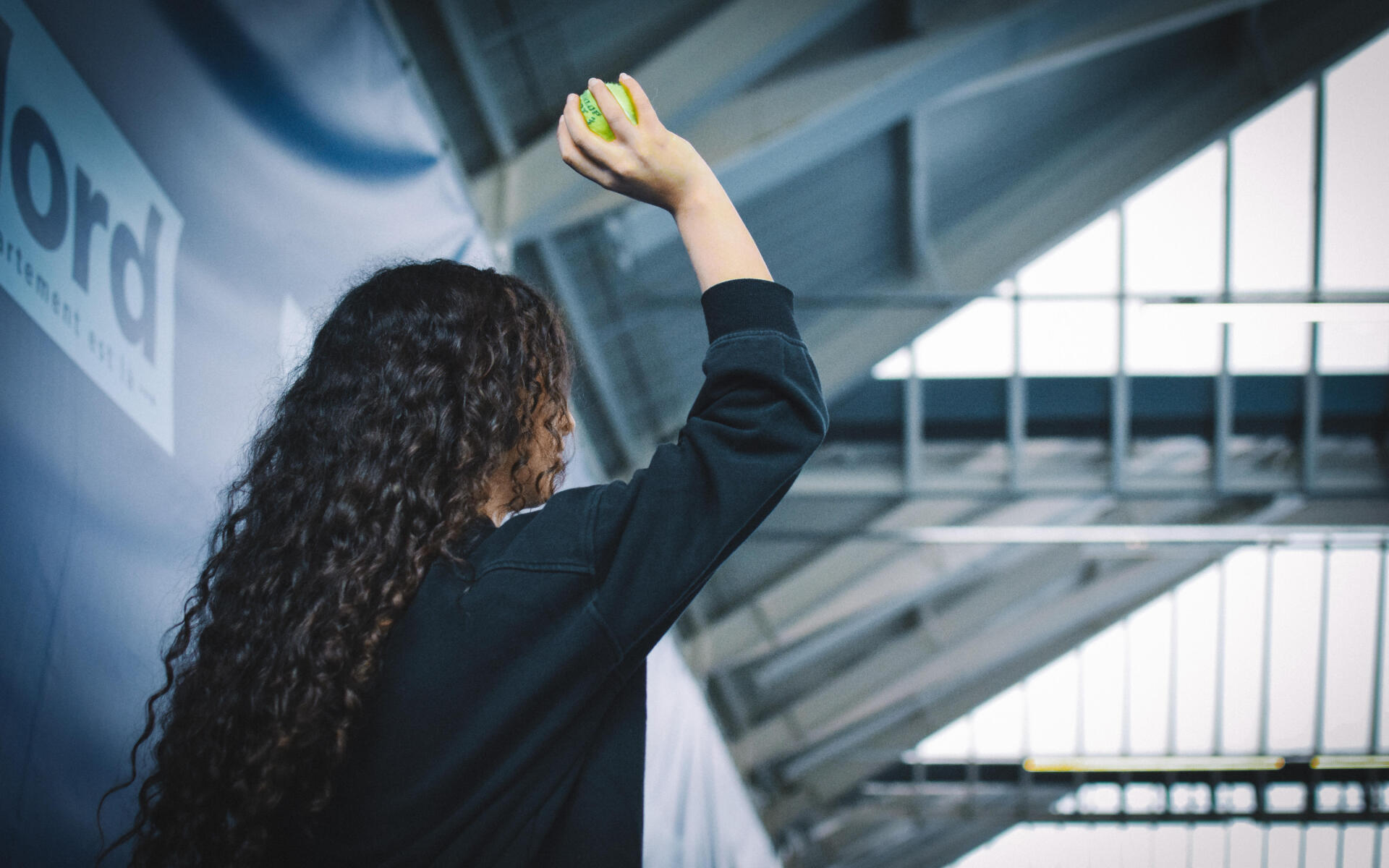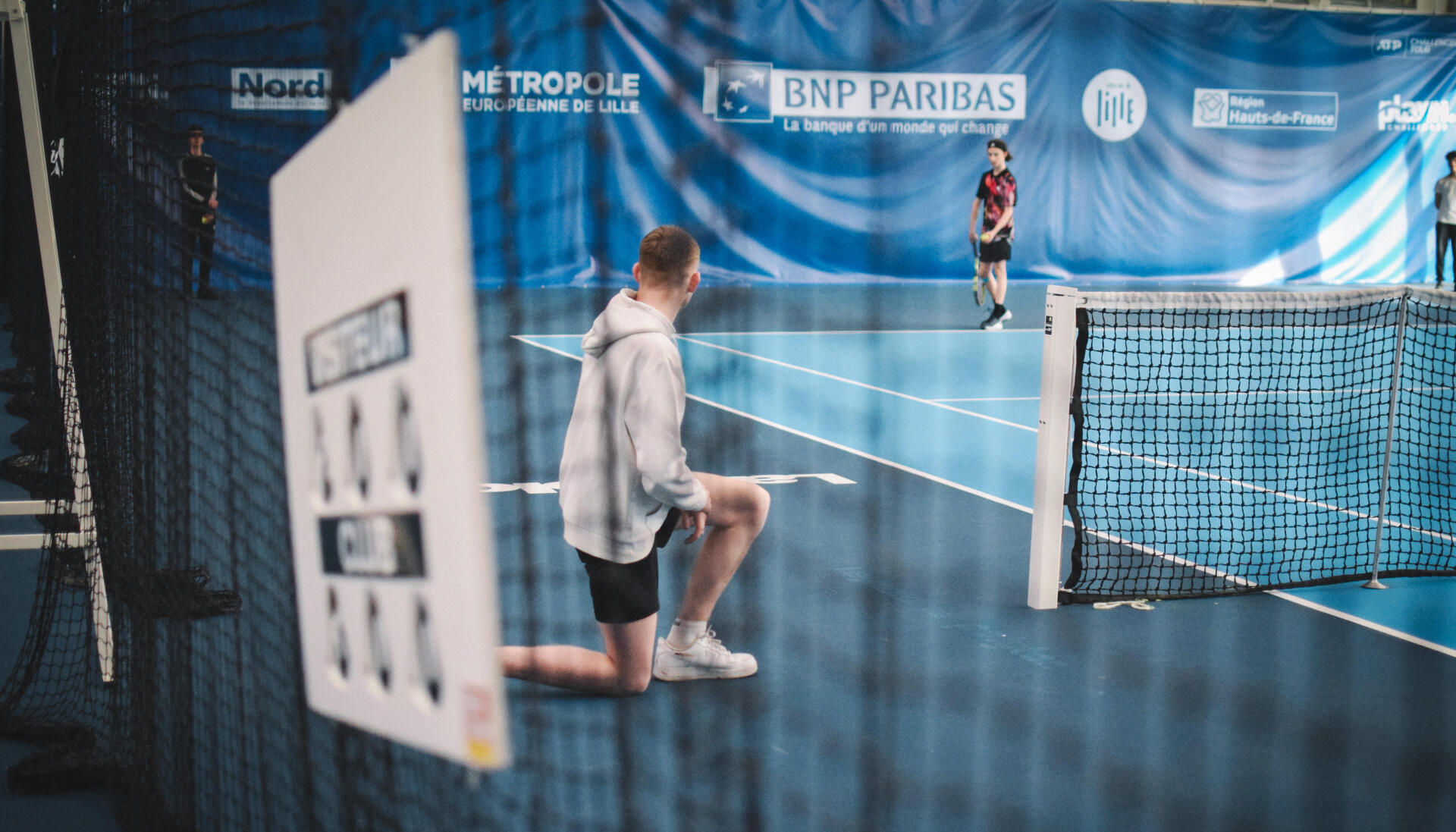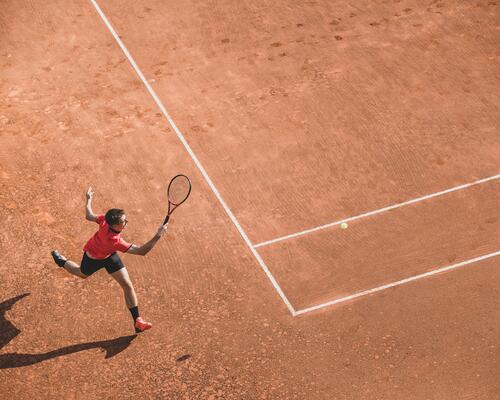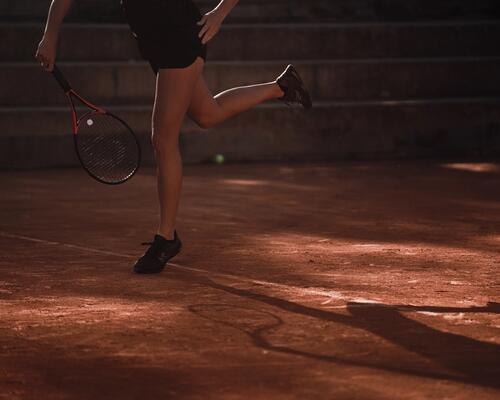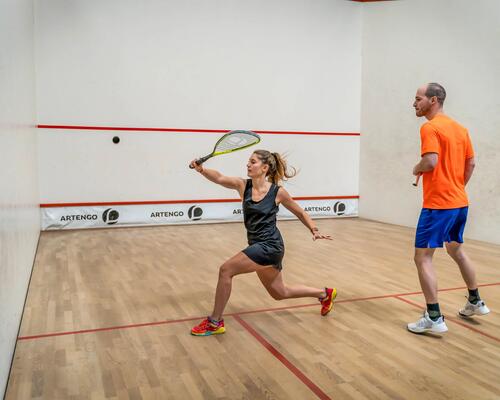What does it take to be a ball kid?
Being a ball boy or girl is all about respecting the rules
Aurélien Destombes, General Manager of Lille Tennis Club, greets me at the club house with a red berry tea. We're awaiting the arrival of some 14-to-16-year-olds from the local secondary school here in Tourcoing, northern France. None of these pupils plays tennis. Rather, they're responsible for retrieving loose tennis balls throughout a week-long major international tournament held in Lille each year. We're off to a good start, with things already becoming a little clearer to me. So who's behind the project? PE teacher Mr Vannest.
My visit takes place during the pupils' third training session. Trying, somewhat unsuccessfully, to blend in, I join them in the stands to listen to some tips from coach Julien and Mr Vanneste.
“I'm going to remind you about the most important rules you need to remember,” says Julien. “
➡️Never retrieve a ball during a point
➡️Don't circulate balls between serves
➡️Retrieve balls quickly."
Mr Vanneste adds, “always remember the golden rules: discretion and respect!”
But how on earth do they manage to be attentive and reactive enough to keep the match running smoothly, while also being so discreet you forget all about them? It's a fine art. If you have a ball, you raise your arm to show it. If you don't have one, you hold your arms down with your palms visible, facing upwards.
On the court, nobody is allowed to speak. That means not talking to the players, umpire or other ball kids. Only visual communication is allowed.


